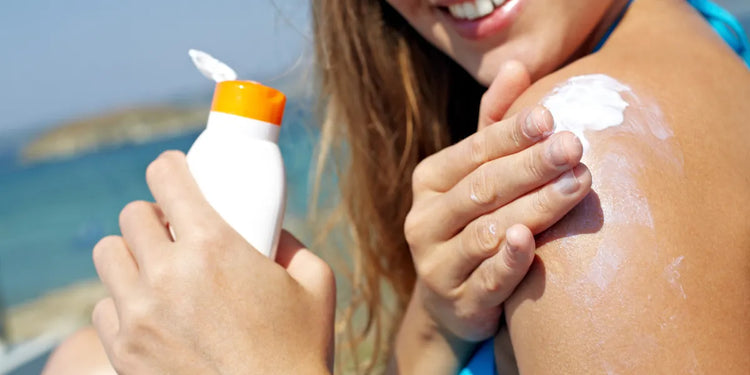When it comes to protecting our skin from the harmful effects of the sun, sunscreen is our primary defense. However, with the plethora of choices in the market, how can one determine which is the best and safest option? This guide will walk you through the intricacies of selecting the right sunscreen while debunking some common misconceptions.
The Dual-sided Coin: Sun and Vitamin D
The sun, although a major source of Vitamin D, can also be harmful if our skin is overexposed. It's essential to strike a balance. Around 20-30 minutes of direct sunlight daily can provide the required vitamin D, but staying out longer without protection can increase the risk of skin burn and other issues.
The Dark Side of Conventional Sunscreens
While sunscreens aim to protect us, many conventional sunscreens are loaded with harmful ingredients, such as oxybenzone. These substances can disrupt hormones, potentially leading to kidney and adrenal problems. Such chemical-laden sunscreens can be especially detrimental to children, potentially leading to hormonal imbalances.
- Oxybenzone Dangers: This chemical is prevalent in many sunscreens. It can imbalance hormones, such as estrogen and progesterone.
- Allergic Reactions: Certain sunscreens can cause skin allergies manifesting as redness or bumps.
- The Myth of Skin Cancer: Proper sun exposure without burning reduces the risk of skin cancer. Chemical sunscreens, when combined with UV radiation, might produce carcinogenic compounds, increasing skin cancer risk.
Choosing the Right Sunscreen
Here are some tips and guidelines to ensure you select the safest sunscreen:
- Avoid Sunscreen Sprays: These are usually more toxic than their lotion counterparts.
- Check Ingredients: Stay clear of oxybenzone, retinol, and fragrances in the ingredients list.
- Consult the EWG List: The Environmental Working Group (EWG) provides a comprehensive list of safe sunscreens.
- Preferred Brands: Consider brands like All Terrain Aquasport Lotion (SPF 30), Badger Baby Sunscreen Cream (SPF 30), ATTITUDE Family Sensitive Skin Care, Bare Belly Organics, and Waxhead Sun Defense.
Brands to Avoid
Be cautious of widely-advertised brands that might not be as safe as they claim:
- Banana Boat for Kids Continuous Spray (SPF 100): Cited by EWG for its toxic ingredients.
- Coppertone Foaming Kids Wacky Foam.
- High SPF sunscreens (typically over 60 SPF) from brands like Neutrogena should be avoided.
Other Sun Protection Methods
- Get an hour or two of sun exposure, then cover up with clothing.
- Consider wearing rash guards or wetsuit tights.
- Stay in the shade when the sun is at its peak.
- Wear sunglasses and check the daily UV Index.
DIY Sunscreen
For a more natural solution, consider making your own sunscreen at home. Combine zinc oxide, coconut oil, and essential oils like lavender and myrrh for effective skin protection.
Conclusion
While the sun provides essential vitamin D, it's vital to protect our skin from excessive exposure. By being informed and making wise choices, we can enjoy the sun safely.


